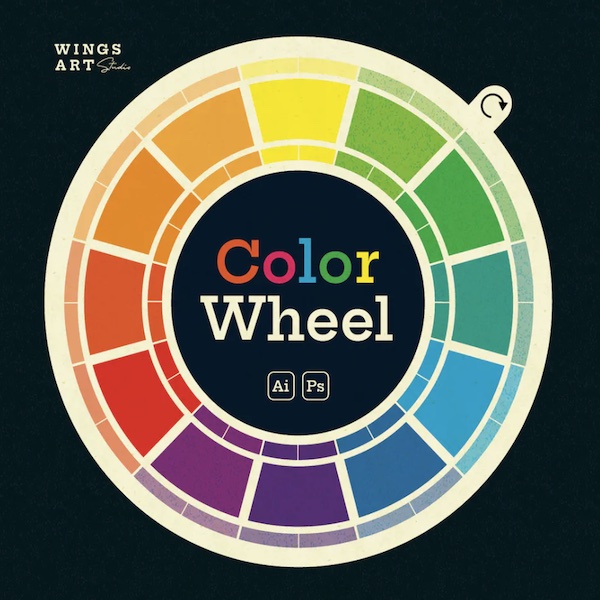Every business aims to be at the forefront, garnering maximum visibility and customer engagement. However, to reach the pinnacle, one has to understand the intricacies of the website. The heartbeat of any website is its traffic.
In this guide, we’ll cover:
- Understanding the importance of website traffic
- The different types of website traffic
- Strategies to increase website traffic
- Common mistakes to avoid
- Useful tools to monitor website traffic
- Inspiring case studies
The Importance of Website Traffic
Website traffic is the lifeblood of online businesses. It gives you an insight into your audience, helps you gauge your marketing strategies, improves your SEO and search engine credibility, and ultimately drives more leads and conversions. The more the merrier is the mantra when it comes to website traffic.
Types of Website Traffic
There are essentially five types of website traffic – Organic, Direct, Social Media, Referral, and Paid. Organic traffic comes from search engine results, direct traffic is when users type your URL directly into their browser, social media traffic comes from social platforms, referral traffic is driven by links on other websites, and paid traffic comes from all your paid advertising efforts.
Strategies to Increase Website Traffic
One of the most effective ways to increase website traffic is by producing high-quality, relevant content. This includes regular blogging, guest blogging, creating engaging infographics, and insightful case studies. Each of these content types provides a unique opportunity to engage your audience and drive traffic to your site.
Search Engine Optimisation (SEO) is another critical strategy for increasing website traffic. Effective SEO includes on-page and off-page SEO practices, along with thorough keyword research. Well-implemented SEO strategies can significantly improve your website’s visibility and ranking on search engine result pages, driving more organic traffic to your site.
Social media marketing is an essential tool in your arsenal for driving traffic. Leveraging platforms like Facebook, Twitter, Instagram, and LinkedIn can help you reach a broader audience, engage with potential customers, and drive them to your website.
Email marketing, often underestimated, can be a powerful driver of website traffic. Sending out regular newsletters and promotional emails can help keep your audience engaged and encourage them to visit your site regularly.
Paid advertising, including Google Ads, Facebook Ads, and Instagram Ads, can help you reach a more targeted audience and increase your website traffic.
Monitoring Website Traffic
Monitoring your website traffic is vital to understand the effectiveness of your strategies and make necessary adjustments. Tools like Google Analytics, SEMrush, and Ahrefs provide comprehensive insights into your website traffic, helping you make data-driven decisions.
Common Mistakes to Avoid
While aiming to increase website traffic, businesses often ignore SEO, fail to update content regularly, do not leverage social media, and neglect email marketing. Avoiding these common mistakes can significantly improve your website traffic.
Case Studies
Reading success stories of businesses that have managed to increase their website traffic can provide valuable insights. These case studies can help you understand the strategies that worked, the challenges faced and how they were overcome.
Remember, increasing website traffic is a gradual process. It requires patience, perseverance and consistent effort.
Implementing the strategies mentioned above, avoiding common mistakes, and regularly monitoring your website traffic can help you increase your website traffic effectively. For more insights, check out our post:
We’ve also written you a brief checklist as an aide memoire.
Your Checklist to Increase Website Traffic
Here is a concise checklist to guide you through the process of increasing your website traffic:
Understand the Importance of Website Traffic – Acknowledge that more traffic leads to better business performance.
Identify the Types of Website Traffic – Organic, Direct, Social Media, Referral, and Paid. Understand where your traffic is currently coming from.
Create High-Quality, Relevant Content – Regular blogs, guest blogs, infographics, and case studies.
Implement Effective SEO Strategies – Work on both on-page and off-page SEO and conduct thorough keyword research.
Leverage Social Media Marketing – Utilise platforms like Facebook, Twitter, Instagram, and LinkedIn to reach and engage with a larger audience.
Utilise Email Marketing – Send regular newsletters and promotional emails to keep your audience engaged.
Use Paid Advertising – Employ Google Ads, Facebook Ads, Instagram Ads to reach a more targeted audience.
Monitor Your Website Traffic – Use tools like Google Analytics, SEMrush, Ahrefs to get comprehensive insights into your website traffic.
Avoid Common Mistakes – Don’t ignore SEO, keep updating your content, leverage social media, and utilise email marketing.
We hope this helps you navigate your path to increased website traffic and business success. If you need further assistance, don’t hesitate to get in touch with us. Our experts are always ready to help you take your business to the next level.




